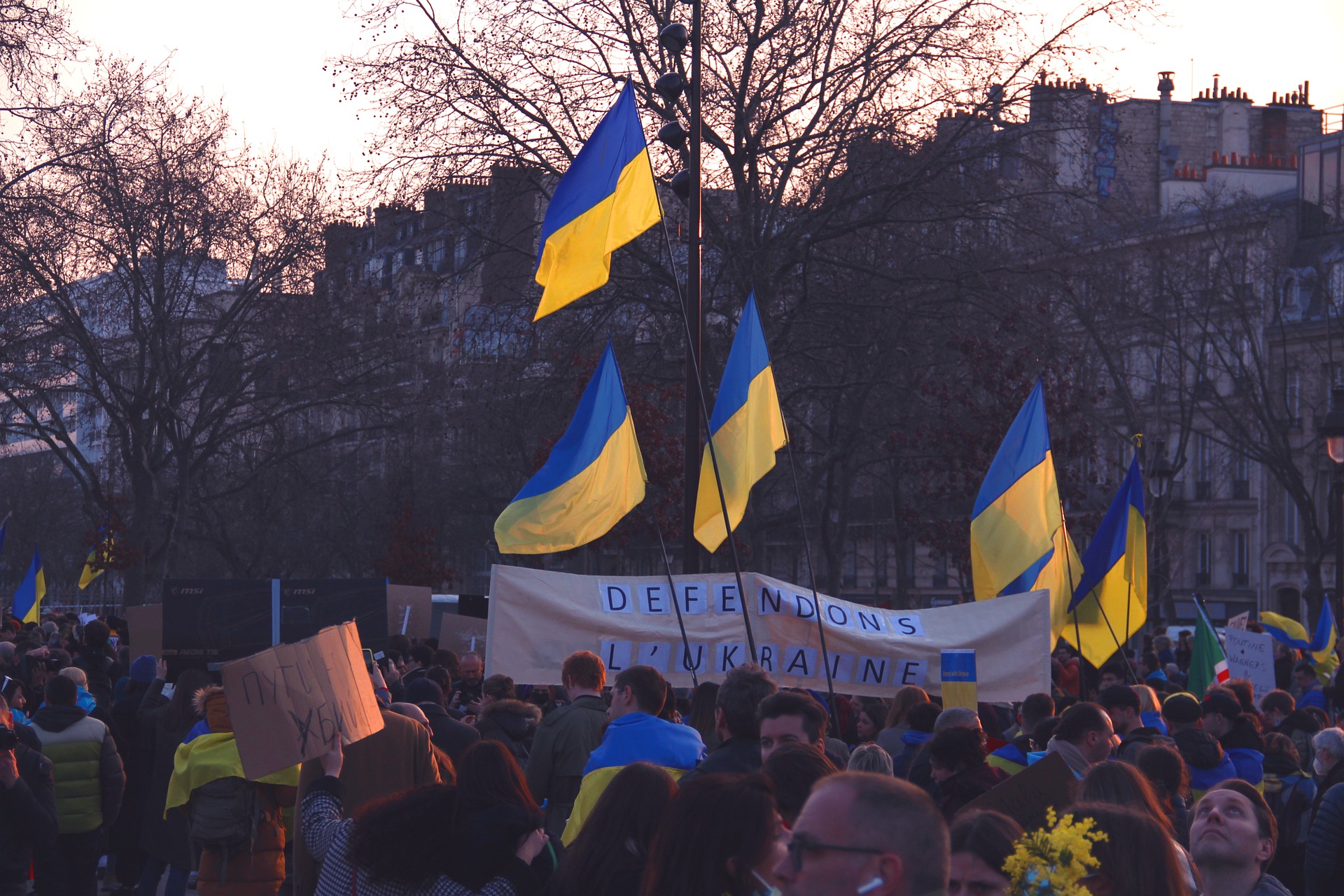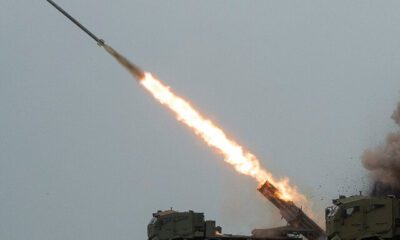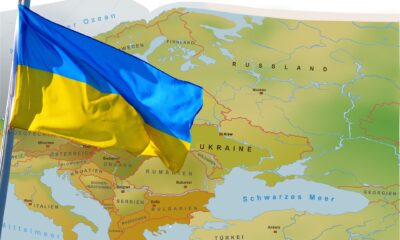As the military is pulling back from certain Ukrainian states, large-scale atrocities, bodies with bound hands, close-range gunshot wounds, and traces of torture across the city on the outskirts of Kyiv is underling the aftermath of the Ukraine War.
Witnessing the bloodshed of the citizen, Ukrainian officials are accusing Russian fleeing forces of committing war crimes.
Also Read: Russia-Ukraine War: The Unfolding Humanitarian Crisis in Ukraine
So, what are war crimes? Is Russia committing war crimes in the Ukraine war? And will Putin be prosecuted for the atrocities?
What are War Crimes?
It can be tough to comprehend, but even the most brutal way of invasion, i.e., war, has rules. These rules are contained in the Geneva Conventions and a strong of other anti-war international agreements and laws.
The agreements prohibit armies from deliberately attacking civilians or destroying vital infrastructure in the war regions. In addition, because of the appalling and indiscriminate suffering caused by certain weapons, many brutal weapons are also banned, including biological or chemical weapons.
Also Read: Ukraine War: Arms Suppliers Profiting From the Russia-Ukraine Crisis
Furthermore, as per the war laws, the injured and sick must be cared for, including wounded soldiers. Genocide, prohibited torture, and intended attempt to target a specific community is further categorized as war crimes.
Moreover, serious offenses such as rapes, mass prosecution, and murders are known as “Crimes against Humanity.”
Evidence of War Crime in the Russia-Ukraine Crisis
Last Monday, Antony Blienken, US Secretary of State, that Russia had destroyed key infrastructure, schools, residential buildings, hospitals, and ambulances in all the invaded regions.
On the other hand, the UK has accused Russia of using “barbaric and indiscriminate” tactics in Ukraine.
Ukrainian officials accused Russia of committing a war crime after an airstrike on a theatre sheltering people in the beleaguered coastal city of Mariupol.
The word “children” was painted in huge letters on the ground outside the building during the strike, which Russia denies taking place.
Russia’s airstrike on Mariupol’s hospital was earlier labelled as a war crime by Ukraine. The airstrike left, three individuals were murdered, and 17 people were injured, including personnel and patients. Moreover, Russian troops are also convicted of targeting the fleeing civilians.
Cluster bombs – weapons that break down into a large number of bomblets – have also been found in residential districts of Kharkiv, as per accumulating evidence.
The United Kingdom claims that Russia employed thermobaric explosives, which use oxygen to generate a large vacuum. Although they are not prohibited, their intentional use near people would probably violate the rules of war.
According to many analysts, the invasion constituted a crime under the idea of “aggressive warfare.”
Ukraine War: The Mounting Threat of Genocide
“Acts performed to destroy, in whole or in part, an ethnical, national, racial, or religious group” are defined as genocide.
Genocide activities entail not only killing civilians but also attempting to destroy a targeted group by inflicting “severe bodily or mental injury,” preventing births harsh, enforcing “living conditions,” and “forcibly transferring” children to another group.
Russia has a lengthy history of committing mass atrocities against Ukrainians and other ethnic communities.
From 1932 to 1933, the Soviet Union pursued land policies that resulted in food scarcity and famine, killing millions of Ukrainians. This is known as the Holodomor, a Ukrainian word that means “hunger death.”
Furthermore, the country had also forced the deportation of ethnic and national groups in the past. Following the disintegration of the Soviet Union in 1991, Russia unleashed a wave of violence against people in Georgia, Chechnya, and Syria. In 1995, it bombarded and annihilated Grozny, and in 2016, it obliterated Aleppo.
How is Russia Justifying its Atrocities?
Generally, propaganda and language that devalues and demonizes the targeted communities are used to justify war crimes and genocide. From European colonial caricatures of Indigenous “brutes” and “savages” to Nazi depictions of Jews as vermin, there are numerous historical examples of how atrocities against a community are portrayed positively.
Russia is using the same dehumanizing justification to legitimize its invasion of Ukraine. To begin with, Russia portrays its brutality as necessary to “denazify” Ukraine.
Also Read: Ukraine War: Understanding the Roots and Cause of the Russia-Ukraine Crisis
Russian President Vladimir Putin, for instance, at multiple models, has referred to Ukraine’s leadership as a far-right “band of drug addicts and neo-Nazis.“
Secondly, Putin has constantly stated that Ukrainian identity is fictitious and that, as per history, “Russians and Ukrainians are one people – one nation,“
Evaluating the Risks of the Ukraine War
Proving genocidal intent, especially in a court of law, is challenging. This is obvious in current disputes regarding whether Myanmar committed genocide against the Rohingya population, including an ongoing judicial case at the International Court of Justice.
However, patterns of violence commensurate with the legal definition of genocide can be deduced.
So, is Russia committing genocide?
Russia has forcefully deported thousands of Ukrainians, including children, to Russia, where they have been targeted and slaughtered. A maternity hospital has also been attacked in the invasion.
Russia has also produced “dangerous living circumstances in sections of Ukraine.” It has cut off power and water supplies, robbed Ukrainians of food and humanitarian help, and displaced over 10 million people both inside and outside the country.
Also Read: Russia/Ukraine: EU to Face up to 5 Million Refugees in the Fastest Growing Migration Crisis Since World War ll
Russia is attempting to conquer and Russify Donbas and other portions of eastern Ukraine, where an “imaginary” Ukrainian identity will be eradicated if Putin’s words are accepted at face value.
In Ukraine, there is a substantial possibility that Russia will commit genocide. But, worst of all, genocide is probably already in progress.
Will Putin Be Prosecuted for the War of Crimes in the Ukraine War?
It’s simpler to blame a soldier for a war crime than to blame the commander who authorized it.
The ICC, however, can punish war crimes. Invading or waging war unjustly is a crime that lies outside the lawful use of force in self-defense.
It began at Nuremberg when a Russian-sent judge persuaded the Allies that Nazi leaders should be tried for “crimes against peace.”
The UN Security Council might theoretically request that the ICC examine this crime. However, Russia may use its veto once more to clean its slate.


 Featured2 years ago
Featured2 years ago
 Featured3 years ago
Featured3 years ago
 Featured2 years ago
Featured2 years ago
 Featured4 years ago
Featured4 years ago
 Featured3 years ago
Featured3 years ago
 Featured5 years ago
Featured5 years ago
 Featured2 years ago
Featured2 years ago
 Featured3 years ago
Featured3 years ago





























